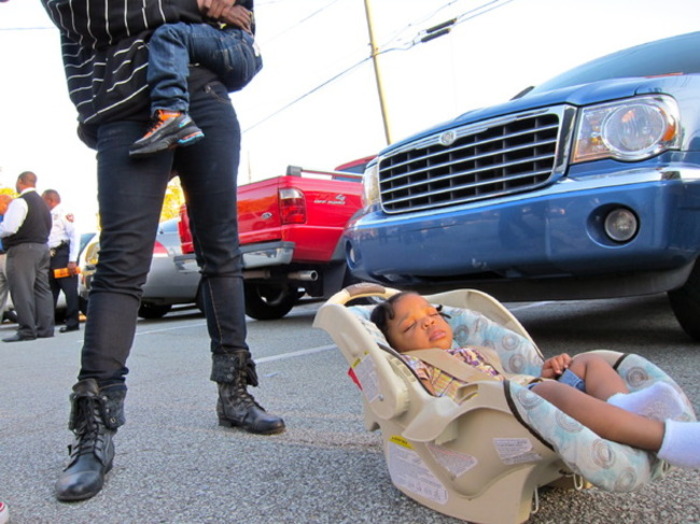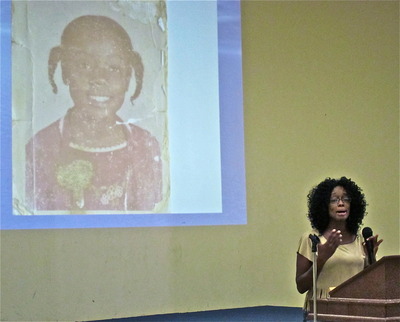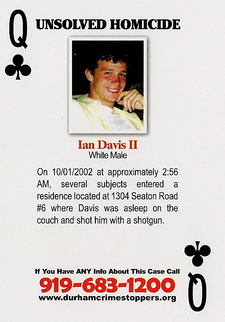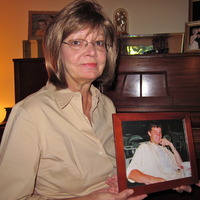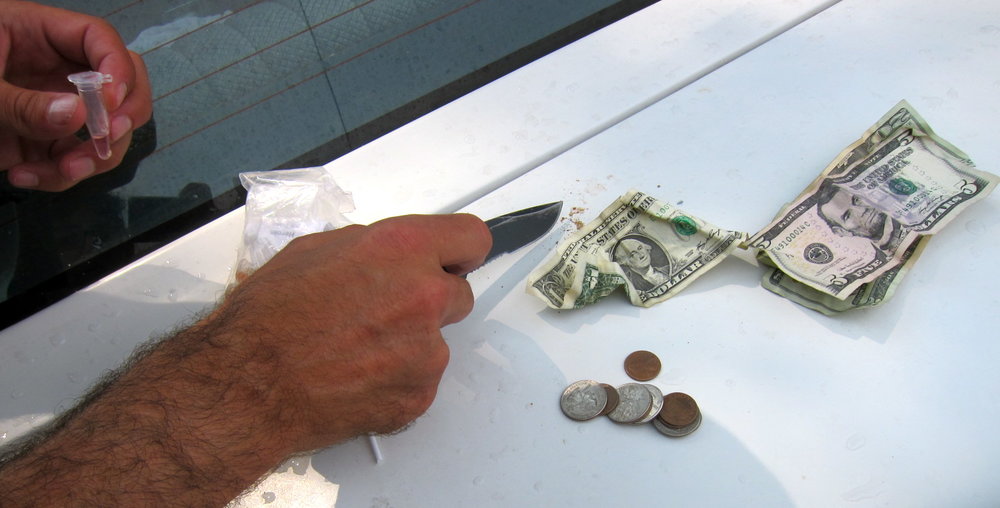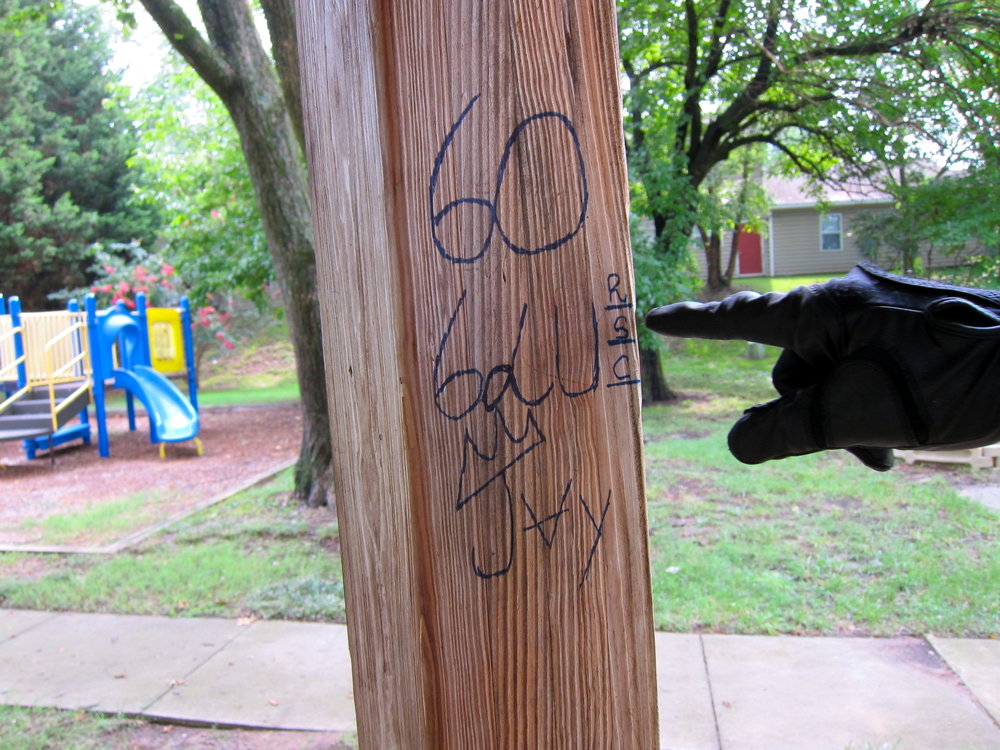Nearly 3,800 Cases Resolved with Durham CrimeStoppers
 Durham Police Corporal Martin Walkowe is coordinator of Durham CrimeStoppers. Photo by Leanora Minai.
Durham Police Corporal Martin Walkowe is coordinator of Durham CrimeStoppers. Photo by Leanora Minai.
Martin Walkowe fields an average of 142 calls a month made to the Durham CrimeStoppers anonymous tip line.
Many callers provide information about people with active arrest warrants for felony charges, like possession with intent to sell cocaine and possession of a firearm by a felon. But Walkowe is also on the other end of the phone line at 3 a.m. or 4 a.m. when someone calls wanting to talk about a homicide or other violent crime in the city or county of Durham.
"It’s almost like Christmas sometimes when you get that phone call, and they give you the information that’s just the key the investigator needed to solve that crime,” said Walkowe, corporal with the Durham Police Department and coordinator of Durham County’s CrimeStoppers program.
Since Durham CrimeStoppers' inception in 1983, information provided to the program has led to the resolution of nearly 3,800 cases, including 172 homicides, 344 armed robberies and 487 burglaries, according to an October activity report. Also through the program, 1,119 fugitives have been arrested.
A non-profit program partnering with law enforcement agencies in Durham County, CrimeStoppers is rooted in anonymity. People who call do not identify themselves or provide a name, and Walkowe doesn’t ask. Instead, callers are given a code number. If information leads to an arrest in a felony crime, the caller again contacts CrimeStoppers to arrange payment of the cash reward.
Walkowe, who joined the Durham Police Department as a patrol officer in 1994, recently talked with me about CrimeStoppers and its impact.
How did CrimeStoppers get started?
CrimeStoppers started in the mid-70s in Albuquerque, New Mexico. There was a homicide at a convenience store with very few leads. The police turned to media for assistance, which led to a caller with a tip, which led to an arrest. It was one of the first documented times where the media was used along with law enforcement requesting the public’s help with a crime.
What benefit does CrimeStoppers offer the community?
The benefit of CrimeStoppers is it does provide an anonymous line for people to report any information they have about crimes. The important thing is, being anonymous they know they won’t be revealed. Having an anonymous tip line instead of a confidential tip line is a huge asset to any community.
How does your experience as an investigator help in your role?
I’m the only one who answers the tip line. If a caller calls, I can use my ability as an investigator to get more out of the call than basically ‘John Doe did it.’ I can say, ‘can you give me John Doe’s approximate age, height, weight, how do you know it’s true?’ Things that a tip line normally wouldn’t receive or ask about.
How do you get funding for the cash rewards?
The biggest misconception the public has is that it is funded through the government, and that’s not true. Rewards come from donations … in the past, fundraisers. The strength of the program depends on cash rewards. Not everybody requests a cash reward when they call the tip line, but that’s the motivation for people to call. If we don’t have the funding, it jeopardizes our program.
How much are the rewards?
They range from $100 to $1,500 for a homicide. It can exceed that range if there is money earmarked specifically for that case where donors have given $5,000 or $10,000.
What drives CrimeStoppers’ success?
Everybody deserves credit. Without the police, the media and the public, our program would fall flat. There’s no way to sustain it without all three involved.
Durham CrimeStoppers is a member of the Southeastern Crime Stoppers Association. For more information about the program or to donate to Durham CrimeStoppers, visit the Durham CrimeStoppers website. Anyone with information about a crime in Durham or Durham County may call (919) 683-1200. Other CrimeStoppers programs in the area: Raleigh, Cary and Chapel Hill.
